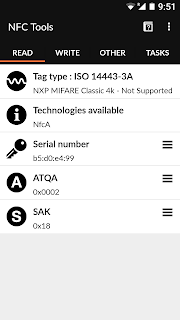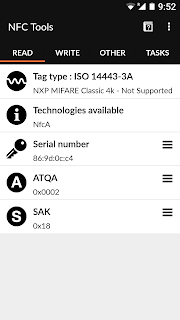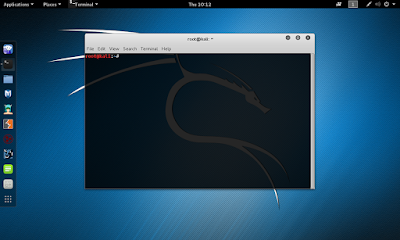The first step of an android app audit is packet capturing which can be used to analyse whether the communication between app and server is encrypted or not. The most common way to capture the packets and analyse them is through proxies but setting up a proxy can be a headache. We had discussed in our post on packet capturing with android app in the article "sniffing without rooting your phone" but the apps discussed in this post don't allow you to analyse the packets on your phone. So I was searching for a better alternative and found this app.
How to?
How to?
- Download the packet capture app from the play store and install it.
- Now open the app and select the capture button(Play button).
- It will ask you to create a VPN, select OK.

- Now minimize the app and go ahead use the app which you want to test.
- When you are done go back to the app and select the stop button.
- You will see your captured packet which is timestamped. Select it, you will get a bunch of packets which were captured during your use. .

- Now select any one packet and you will see the details of the particular packet.

- You can hit the http decode button at the top so that the packet is represented in a readable manner.

Note:-
tpacketcapture doesn't give you the comfort of analysing the packet directly on the phone.














































